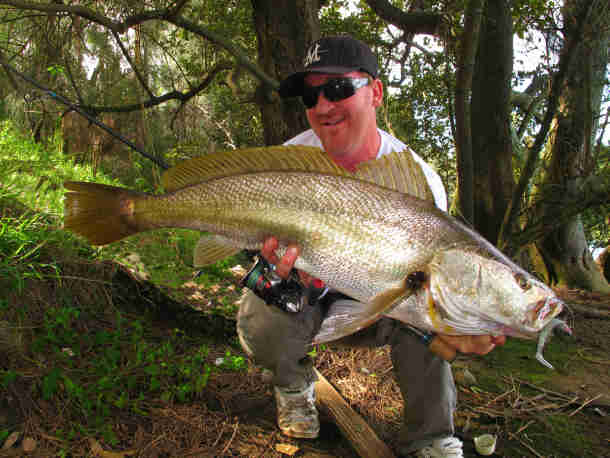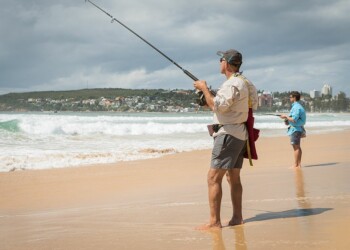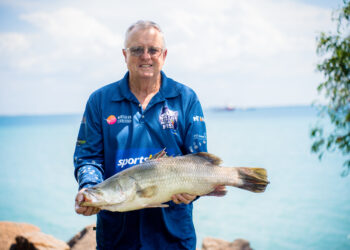ACCORDING to new research, bottom sediment at Oyster Bay in the Georges River region of southern Sydney contains high levels of heavy metals.
The Sydney Morning Herald reports the University of Wollongong study of sediment collected from more than 50 sites in Oyster Bay over a year found the area to be “highly contaminated” with lead, zinc and copper, with “moderate” levels of arsenic.
Oyster Bay is popular with recreational fishers who catch many common species like bream, flathead, whiting, and the highly prized mulloway or jewfish.
“The level of toxicity in parts of Oyster Bay has meant it is virtually uninhabitable for some species of bottom-dwelling invertebrates and micro-organisms,” Yasir Alyazichi, a PhD candidate at the university, and lead author of the study, published in the Bulletin of Environmental Contamination and Toxicology.
Although sources of the metals have largely been curbed, such as bans on the use of leaded petrol, levels of sediment pollution have increased slightly since a smaller study of the area was done in 1996, he said. Industrial works in the Georges River region ranged from metal working, such as chrome plating, and wool scouring.
President of the Recreational Fishing Alliance of NSW, Stan Konstantaras, is concerned that the study has identified sediment toxins, similar to how dioxins were exposed in the Parramatta River and led to the removal of commercial fishing in Sydney Harbour.
He says ANSA NSW and NSW Fisheries have been collecting and sampling mulloway from all over NSW generally relating to recreational catch and effort, and the fishes biological markers, however, there has been no sampling to Food Authority health standards.
There has been no commercial fishing effort in Oyster Bay since the Botany Bay Recreational Fishing Haven was created over a decade ago.
The upper western reaches of the Georges River was the scene of a recent fish kill that resulted in four tonnes of dead fish removed from the waterway.
Konstantaras says it is critical that studies are also carried out on waterways such as the Hawkesbury River, Shoalhaven River, Lake Illawarra and Hunter River, to determine how safe fish caught from them are to eat.
Read the Herald story at: http://www.smh.com.au/environment/oyster-bay-highly-polluted-with-heavy-metals-study-finds-20150310-13zb65.html


















